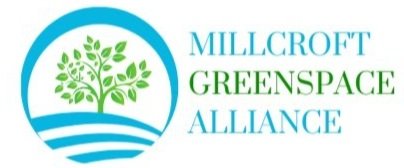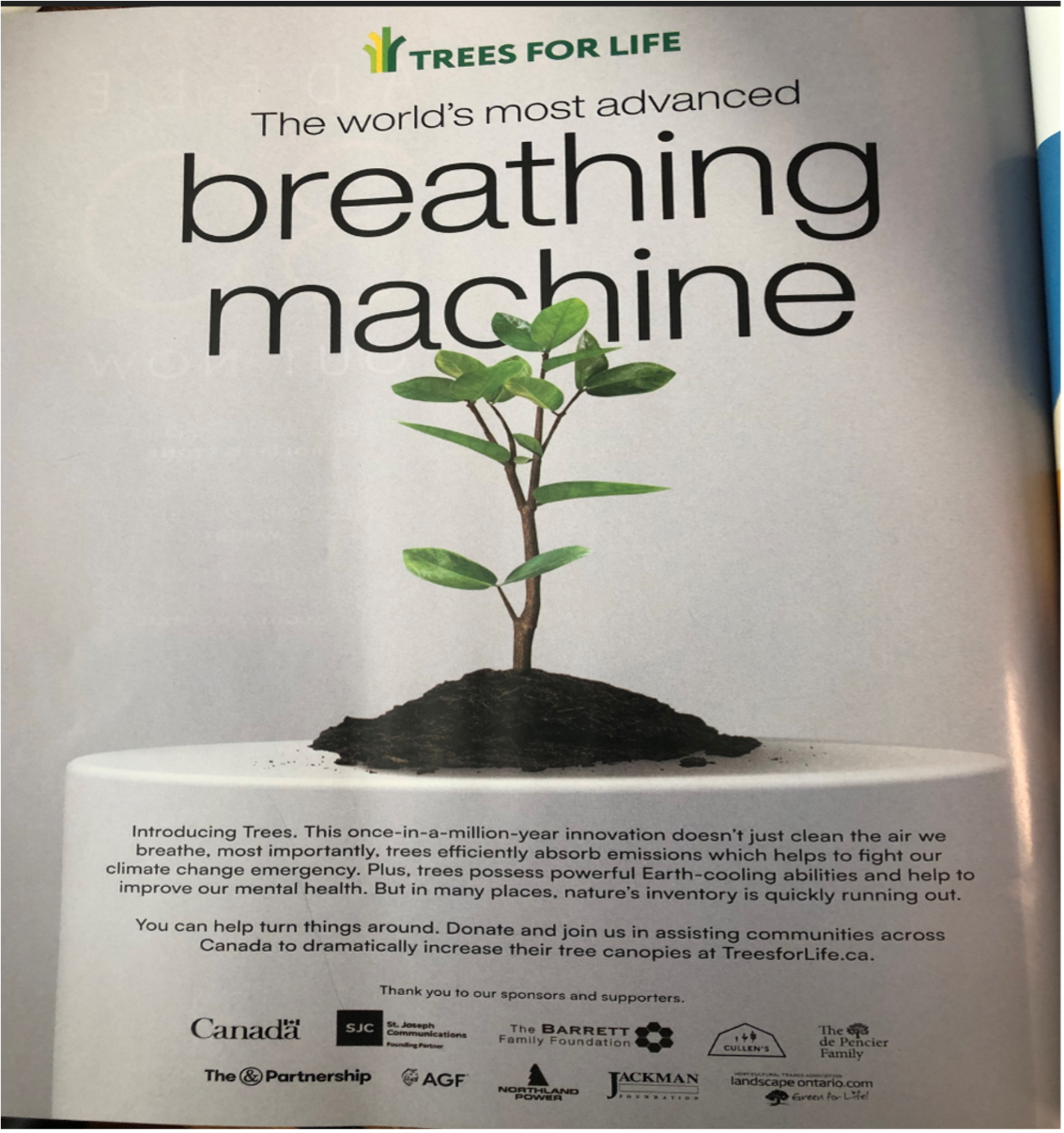City of Burlington Tree Bylaw Update
3/3/2022
Mayor Marianne Meed Ward, Councillors, City Staff, the Development Community and Fellow Residents
I appreciate the opportunity to once again speak to Council at a critical decision-making time on this topic of the Private Tree By-law update.
My comments and analysis are relatively brief - unfortunately my busy schedule didn’t allow for more. Suffice it to say, most residents of the City of Burlington are similarly busy people, working, raising their children and caring for their loved ones which precludes many from being here today to discuss this very important topic. Yet, at the Region of Halton Official Plan Review, you heard over 50 delegations about protecting our greenspace. There were many extraordinary presentations highlighting the importance of climate change and data surrounding it. The concern is widespread, and you will know that for every person speaking up, there are many more who couldn’t be present.
Last week, I was looking through Toronto Life Fashion Magazine when I was struck by a full-page ad. In the midst of the brightly coloured fashion and the glitz of makeup, there was an ad for “Trees for Life”. The ad reads, “The world’s most advanced breathing machine” The ad goes on, “Introducing Trees. This once-in-a-million-year innovation doesn’t just clean the air we breathe, most importantly, trees efficiently absorb emissions which helps to fight our climate change emergency. Plus, trees possess powerful Earth-cooling abilities and help to improve our mental health. But in many places, nature’s inventory is quickly running out.
You can help turn things around.” There are many sponsors but the first on the list is the Government of Canada.
Today’s report to Council confirms that our City is consistent with the Canadian census data that shows we are becoming greyer not greener. In 2021, 1,370 trees were removed and 1,142 replacement trees have or “will be planted” as conditions of these permits. The chart on page 221 of your package shows the sizes of the trees removed. The chart indicates the number of trees in each of four categories ranging from 20 – 35 cm Diameter at Breast Height (DBH) to 76+cm DBH. Ten pages further into the report on page 231, we note the proposed requirement for replacement trees is 3 cm. Let us not lose sight of the relative size of the tree canopies that these trees represent as the diameter at breast height increases. These sapling replacement trees do not offer shade or cooling properties that we need now or in the next two decades to deal with the declared Climate Emergency. Could the forestry department please provide data on the average age of these trees and the relative benefits to the community of the canopies resulting from these various tree sizes with respect to GHG processing and stormwater absorption? It isn’t surprising that Cedars were the dominant species planted in 2021. Given the overdevelopment of many lots and reduced setbacks, there isn’t space for anything else. It is difficult to sit or walk beneath a Cedar tree to obtain the cooling features that a deciduous tree would offer. Yet deciduous trees are limited to 25% of the new canopy due in large part to space restrictions.
The graph on page 222 shows tree permit applications for development purposes. We note the growing category of applications on hold, increasing since June but dramatically rising in November and December. And we note that permits under the old by-law can include multiple trees such as the Millcroft Greens Application which proposes to initially take down approximately 400 mature trees. We can imagine the developers are delighted that this Council is considering lowering the fees and speeding the process for them to build to the lot lines. The cost of a $700 tree permit relative to building a pool or home is insignificant and therefore provides no barrier to destroying the tree canopy. The taxpayers are left to pick up 70% of the tab for forestry requirements. The imbalance between the privilege of new or redevelopment and the long-term stewardship of resident taxpayers has gone too far. The recent census data proves out that the supply of housing now exceeds population growth. Let’s put the myth of a housing supply shortage to bed based on the data.
This City continues each year to approve property taxes in excess of the inflation rate. How will we property owners manage the bills that the developers create? Our borders in this City are finite and we can’t manufacture more land for our greenspace. A sustainable financial approach is required for this City given our goals and realities.
A tree canopy goal of 35% and a Private Tree By-law provide an indication to residents that the City intends to grow the Tree Canopy. Yet when we dig into the data and the details, the reality is quite different. Here we are with unprecedented development applications, about to cut down and pull up roots all over this City. The by-law proposes speeding the process and reducing the fees for all of this.
The residents of this City, who have voted for a greener City will notice. We hope that you join us in our concern for our own lives, the lives of our children, grandchildren and beyond. Please consider your decision on this Private Tree By-law carefully. The impact will take decades to reverse.

